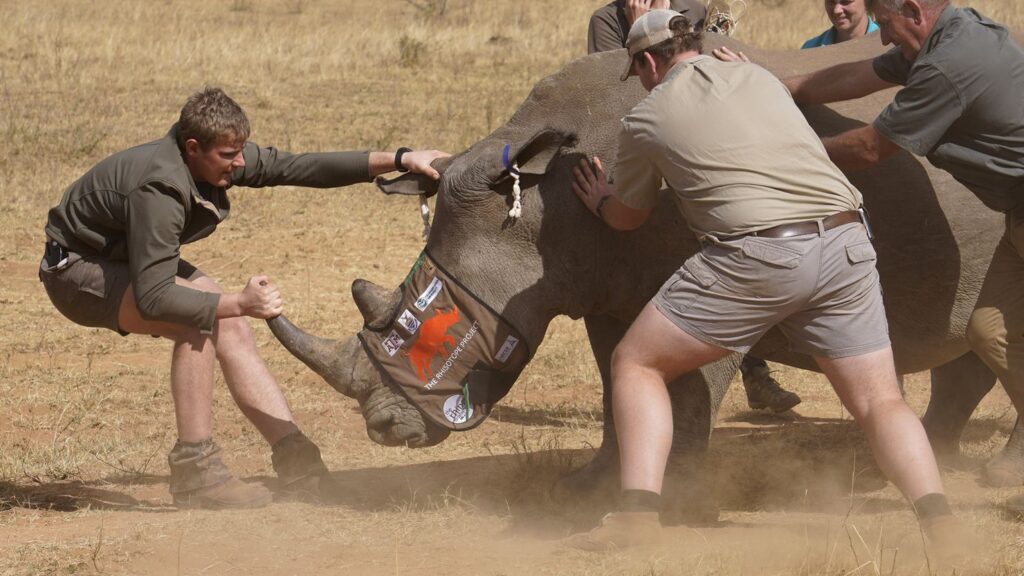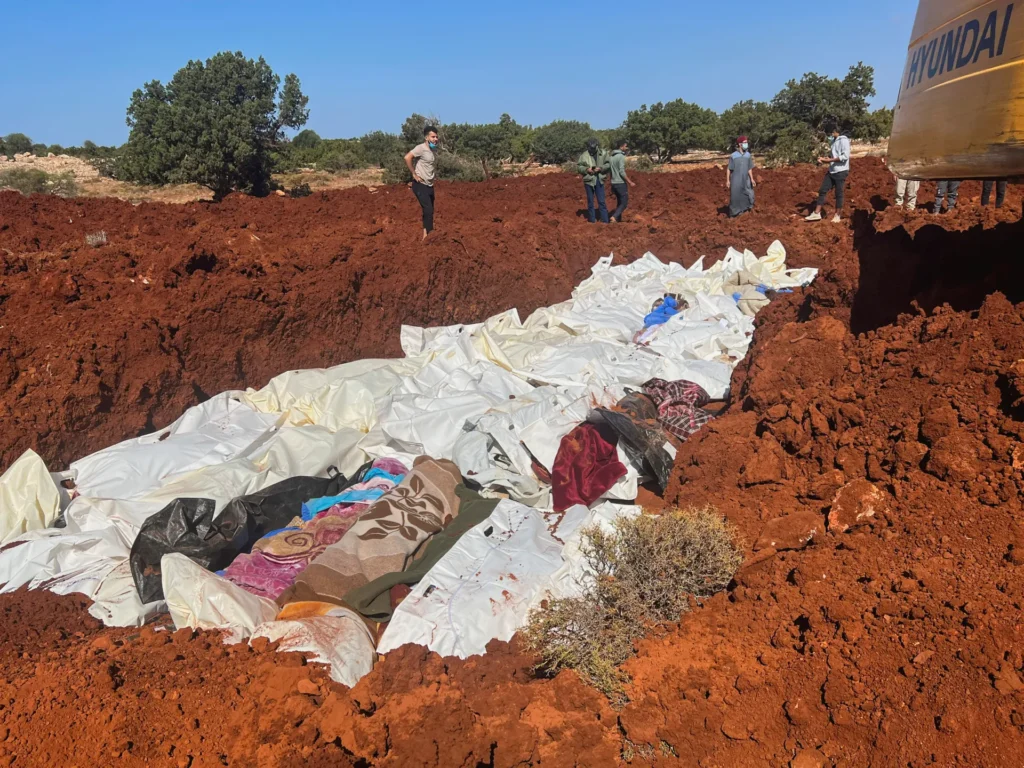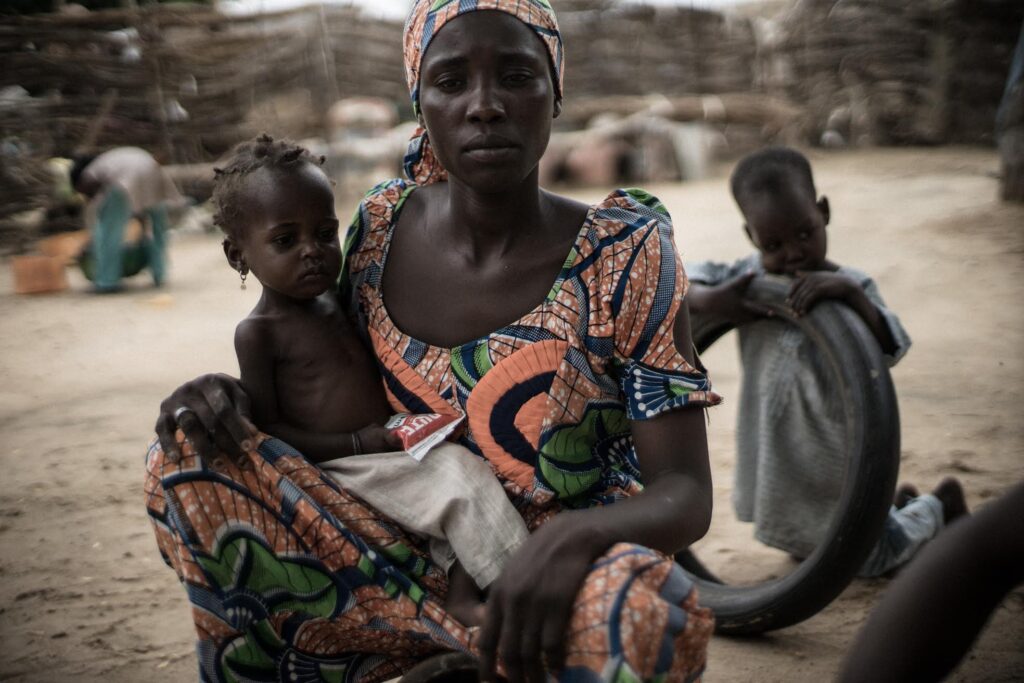
Scientists in South Africa have begun injecting radioactive material into 20 horns of live rhinos this week to make them more detected in a bid to curb poaching.
Researchers at the Rhisotope Project at Witwatersrand University in Johannesburg said making rhino horns radioactive would reduce their desirability as a commodity.
They say the intention of using nuclear technology in the form of small, measured quantities of radioisotopes inserted into rhino horns makes them more likely to be detected by radiation detection portal monitors at international borders, such as harbors, airports and land-crossings.
Researchers will now closely monitor the health and vital statistics of the rhinos injected for six months to determine the viability of this approach.
South Africa, home to the world’s largest rhino population, is also a hotspot for rhino poaching, with hundreds killed each year for their horns.
In February, the Environment Department said the number of rhinos killed for their horns across South Africa jumped over 11% to 499 in 2023, up from 448 in 2022.
Forestry, Fisheries and Environment Minister Barbara Creecy said 406 rhinos were killed on state properties and 93 on privately owned parks, reserves, and farms in 2023, an increase of 51 rhinos from the previous year.
Rhino horns are said to be in high demand in some countries, where they are allegedly used for traditional medicine and as a status symbol for the wealthy.




